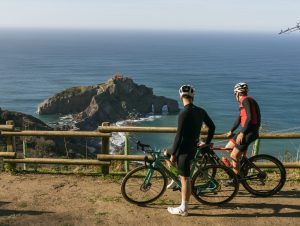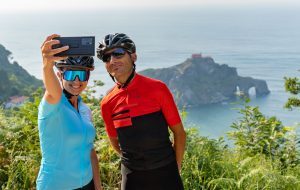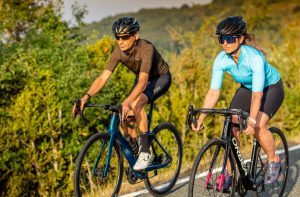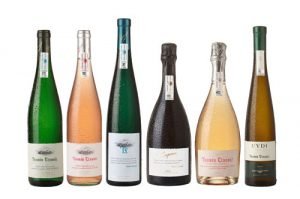DISCOVERING THE CORNERS OF THE BASQUE COAST BY BIKE
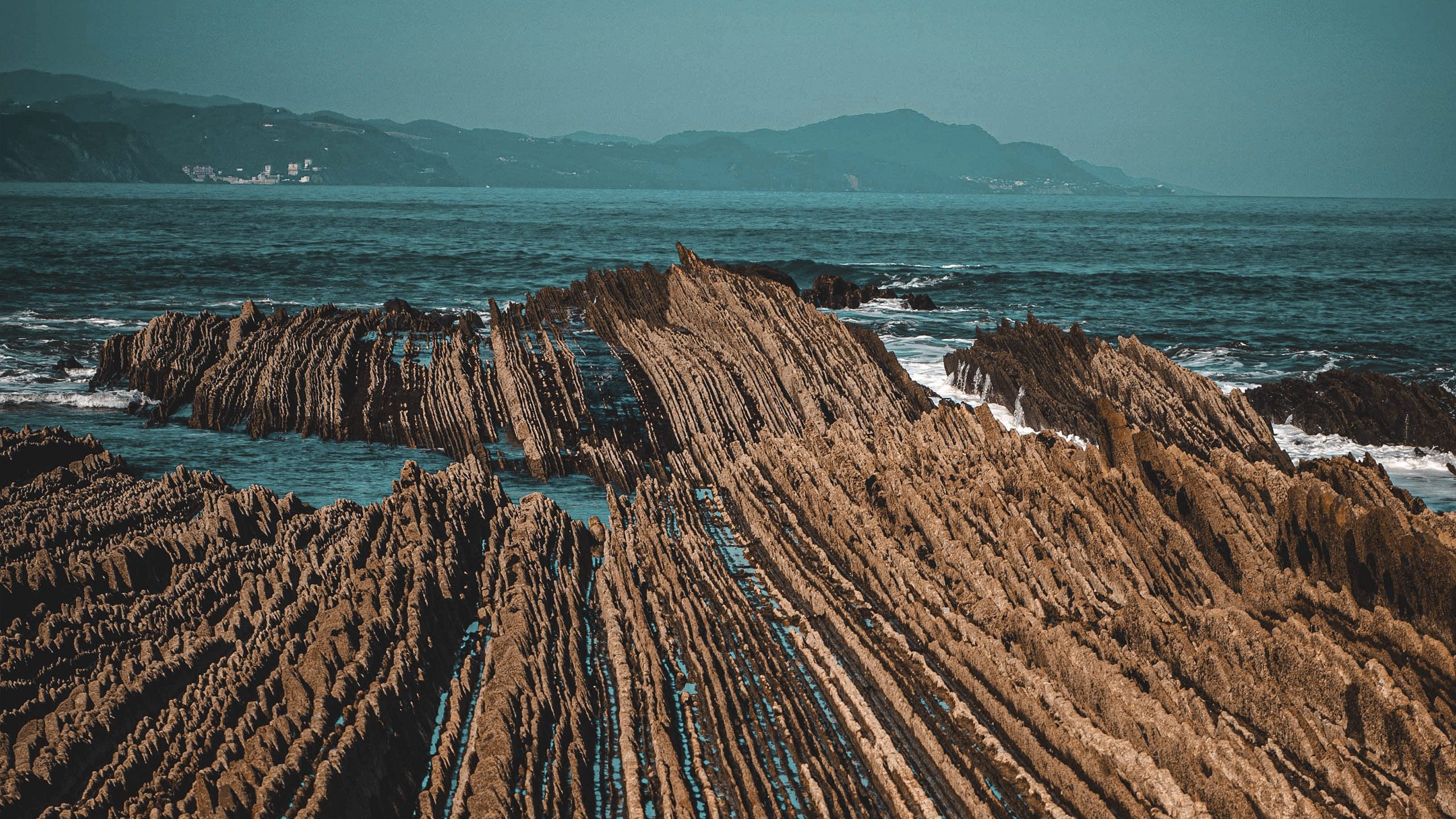
Laida Beach is an excellent point in order to start this amazing route. This natural and sandy beach located at the mouth of the Oka River. This flow of water is what structures all the natural treasures that the protected area of Urdaibai.
Urdaibai is a natural region and Biosphere Reserve located in the Biscay province of the Basque Country, Spain. It covers an area of 220 km2 and is characterized by a diverse ecosystem, including marshes, wetlands, and coastal landscapes. The area is known for its rich biodiversity, with 615 species of vascular plants and 318 species of vertebrates, including 245 bird species. The Urdaibai estuary, also known as the Mundaka or Gernika estuary, is a significant feature of the region, creating a unique habitat for various marine species. The area also holds cultural and historical importance, with remnants of prehistoric, Roman, and Middle Ages civilizations. Urdaibai was declared a Biosphere Reserve by UNESCO in 1984 due to its outstanding natural beauty and ecological significance.
Following the route ahead we will reach the Historical town of Gernika.
Gernika o Guernica It gained international significance due to the bombing of Guernica during the Spanish Civil War, which inspired Pablo Picasso’s famous painting “Guernica” in 1937. The town is also known for its symbolic oak tree, Gernikako Arbola, which represents traditional freedoms for the Basque people. Guernica has a rich history and is a significant cultural and historical center in the Basque Country
Leaving the Town we will continue ahead by a road that sometimes has a loto f traffic. As an alternative in some sectors it is possible to find a Bike Way on your right. Finally you will reach the surfer town of Mundaka.
Mundaka is a town internationally renowned for its surfing community that takes advantage of its coast. The town is accessible from Bilbao by EuskoTren on the E4 Urdaibai line. Mundaka is also known for its picturesque fishing port and is a great place to explore when staying in the area. It has a population of around 1,835 people and is situated in the left side of the Biosphere Reserve of Urdaibai estuary , making it a popular destination for surfing holidays due to its reeling left-hander wave. The town is also known for its historical significance as one of the most important places of the Lordship of Biscay
Going ahead we will find the next town fishing town of Bermeo , one of the most important fishing harbaour of the Cantanrian sea. Leaving this town along an exclusive and quiet road we will reach the área of San Juan de Gaztelugatxe .
San Juan de Gaztelugatxe is an islet on the Biscayan coast, connected to the mainland by a man-made bridge. It features a hermitage dedicated to John the Baptist, dating back to the 10th century. The site gained popularity after being featured in the TV series Game of Thrones. To visit San Juan de Gaztelugatxe, it is recommended to book a free entrance ticket in advance, especially during high season and on specific dates. The best times to visit are in the spring and autumn, as it can get crowded in the summer months. The area is known for its beautiful views and is a protected biotope. Visitors are advised to be prepared for a somewhat challenging walk, as there are 241 steps to climb. Additionally, it is a tradition to ring the hermitage bell three times for good luck. The site is located between the towns of Bakio and Bermeo, about 35 km east of Bilbao, and is accessible by bike along a unique and quiet pathbike. There are also practical amenities available, such as a restaurant/café and benches to rest and have a pic nic while enjoying the views.
After have had an excellent pic nic we will continue ahead in order to find the next coastal small town of Bakio.
Bakio It is located in a small valley surrounded by mountains to the east, south, and west, and is open to the north to the Cantabrian Sea. The town was formerly known as Básigo de Baquio and has a coastal location, but it has transitioned into a more traditional agricultural town, with agriculture remaining an important sector. Bakio is well connected to the regional capital, Bilbao, and is known for its large beach, Playa de Bakio, making it a great place to surf, swim, and sunbathe.
This small town is and the valleys that sorround it are considered the birthplace of txakoli, a slightly sparkling, dry white wine. The town is known for its wineries and is often referred to as the “soul of txakoli” in the Bizkaia province. Several wineries in Bakio, such as Doniene Gorrondona and Zabala Txakolina, are recognized for their production of txakoli. Visitors to Bakio can explore the story of this wine through winery tours and tastings, and even visit the Txakoli Museum to learn about the secrets of this special Basque wine. The ideal location of Bakio, situated on the shores of the Bay of Biscay, contributes to the unique characteristics of the txakoli produced in this región.
